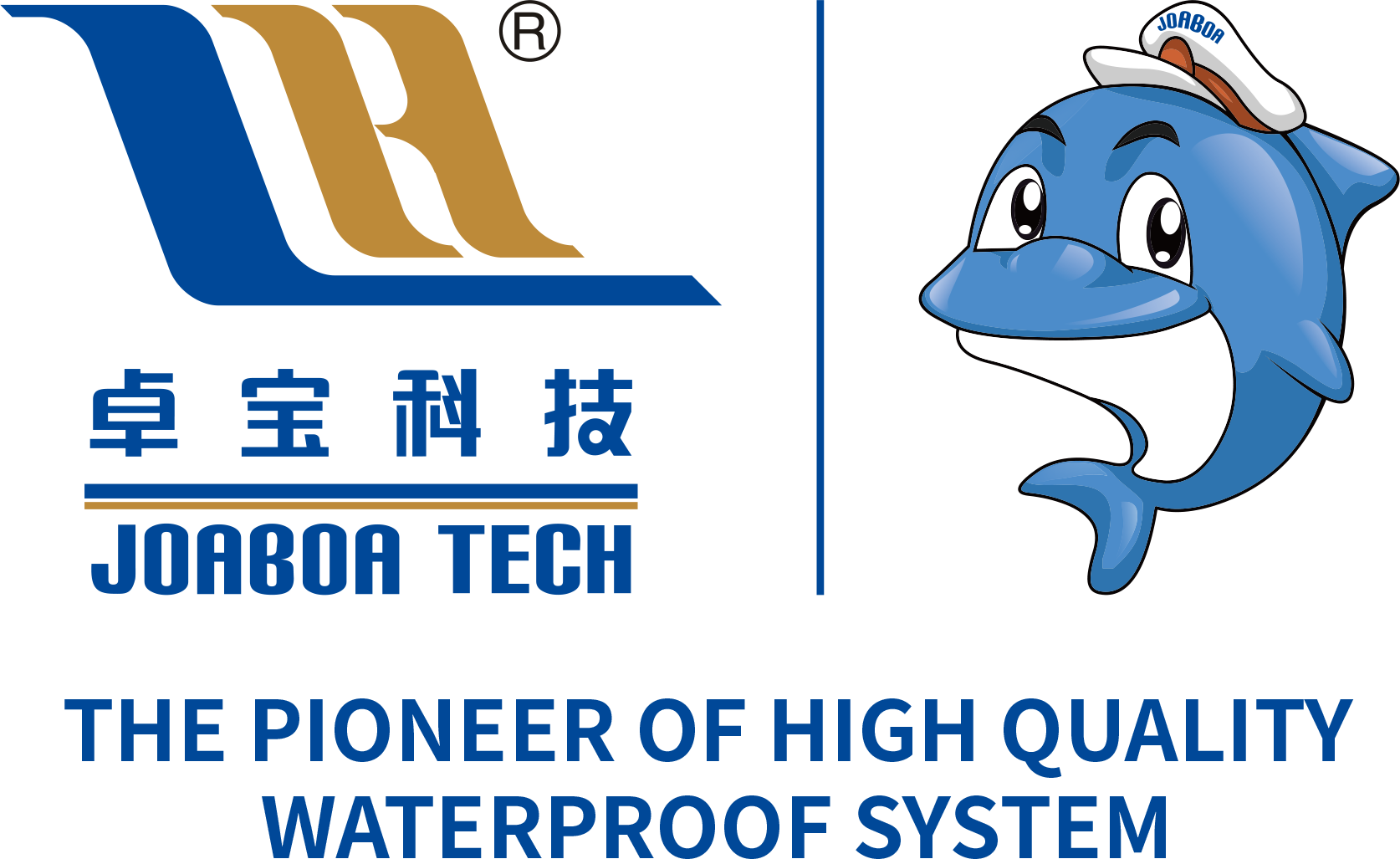Exploring Plastomeric Waterproofing Materials: The Future of Protective Coatings
2025-05-11 15:40
Plastomeric waterproofing materials have emerged as a significant innovation in the realm of protective coatings, particularly within the chemical and coatings industry. These materials are characterized by their thermoplastic nature, which allows them to exhibit both elastic and plastic properties. This dual characteristic makes plastomeric materials highly versatile and effective for a wide range of waterproofing applications.
One of the primary components of plastomeric waterproofing materials is polymer blends, which can include materials such as polyethylene and polypropylene. These polymers are known for their resilience against environmental factors, including UV radiation, moisture, and temperature fluctuations. As a result, they provide long-lasting protection and durability in various applications, from roofing systems to below-grade structures.
The primary advantage of using plastomeric waterproofing materials lies in their excellent adhesion properties. They form strong bonds with various substrates, including concrete, metal, and wood. This strong adhesion minimizes the risk of water infiltration, ensuring that structures remain protected against leaks and moisture damage. Furthermore, the elasticity of plastomeric materials allows them to accommodate structural movement without compromising the integrity of the waterproofing layer.
Another notable feature of plastomeric waterproofing materials is their ease of application. These materials can often be applied using various methods, including spray, roll, or brush techniques, providing flexibility for different project requirements. The quick curing time associated with many plastomeric formulations also means that projects can be completed more efficiently, reducing downtime and labor costs.
Moreover, plastomeric waterproofing materials are typically formulated to be resistant to chemicals and pollutants, enhancing their suitability for use in industrial environments. This property makes them an excellent choice for chemical plants, wastewater treatment facilities, and other areas where exposure to harsh substances is a concern. Their ability to withstand such conditions ensures that structures remain safe and functional over time.
In conclusion, plastomeric waterproofing materials represent a reliable and effective solution for protecting structures from water damage. Their unique combination of elasticity, adhesion, and chemical resistance makes them an ideal choice for various applications within the chemical and coatings industry. By understanding the benefits and properties of these materials, professionals can make informed decisions that enhance the durability and longevity of waterproofing systems in their projects.
One of the primary components of plastomeric waterproofing materials is polymer blends, which can include materials such as polyethylene and polypropylene. These polymers are known for their resilience against environmental factors, including UV radiation, moisture, and temperature fluctuations. As a result, they provide long-lasting protection and durability in various applications, from roofing systems to below-grade structures.
The primary advantage of using plastomeric waterproofing materials lies in their excellent adhesion properties. They form strong bonds with various substrates, including concrete, metal, and wood. This strong adhesion minimizes the risk of water infiltration, ensuring that structures remain protected against leaks and moisture damage. Furthermore, the elasticity of plastomeric materials allows them to accommodate structural movement without compromising the integrity of the waterproofing layer.
Another notable feature of plastomeric waterproofing materials is their ease of application. These materials can often be applied using various methods, including spray, roll, or brush techniques, providing flexibility for different project requirements. The quick curing time associated with many plastomeric formulations also means that projects can be completed more efficiently, reducing downtime and labor costs.
Moreover, plastomeric waterproofing materials are typically formulated to be resistant to chemicals and pollutants, enhancing their suitability for use in industrial environments. This property makes them an excellent choice for chemical plants, wastewater treatment facilities, and other areas where exposure to harsh substances is a concern. Their ability to withstand such conditions ensures that structures remain safe and functional over time.
In conclusion, plastomeric waterproofing materials represent a reliable and effective solution for protecting structures from water damage. Their unique combination of elasticity, adhesion, and chemical resistance makes them an ideal choice for various applications within the chemical and coatings industry. By understanding the benefits and properties of these materials, professionals can make informed decisions that enhance the durability and longevity of waterproofing systems in their projects.
Related News









